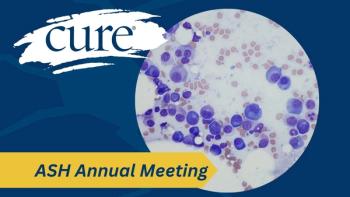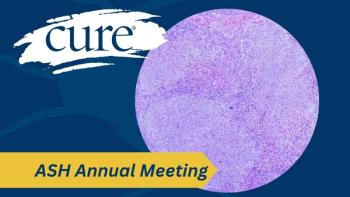
Certain Patients With CML Eligible to Stop Treatment, FDA Says
Certain patients with Philadelphia chromosome-positive (Ph+) chronic myeloid leukemia (CML) may be able to stop treatment with Tasigna (nilotinib) — and dodge some severe side effects – after demonstrating a sustained response, according to a recent label update by the Food and Drug Administration (FDA).
The updated dosing recommendations state that patients with early chronic phase CML who have been taking the drug for three or more years and whose disease has responded to treatment may stop taking Tasigna, a kinase inhibitor that gained FDA approval in 2007.
The FDA’s decision is based off of two single-arm trials that measured how long patients with Ph+ CML were able to stay off the treatment without the leukemia returning, known as treatment-free remission (TFR). Patients involved in both trials needed to show that their cancer responded to Tasigna before going off treatment.
The first trial involved 190 newly diagnosed patients with CML who stopped the therapy after three or more years. More than half (51.6 percent) were still in TFR after about a year, and 48.9 percent were still in TFR after about two years. The other trial looked at 126 patients who started with the chemotherapy drug Gleevec (imatinib) and then switched over to Tasigna for at least three years. After patients in that group stopped therapy, 57.9 percent were still in TFR after about two years.
“Patients diagnosed with CML generally face a lifetime of treatment to keep their leukemia from growing or recurring,” Richard Pazdur, M.D., director of the FDA’s Oncology Center of Excellence and acting director of the Office of Hematology and Oncology Products in the FDA’s Center for Drug Evaluation, said in a release.
But, that is no longer the case for many patients with the disease.
“Today’s approval shows that some patients may be able to stop treatment with Tasigna altogether if they are showing strong response to therapy. While we welcome this progress in patient care, it’s important to note that any discontinuation of treatment still means patients must be regularly monitored for disease recurrence,” Pazdur said.
Patients in both trials underwent frequent monitoring via blood tests to check for signs of the cancer coming back.
While long-term outcomes of patients who discontinued treatment are still yet to be seen, the FDA did mention that those who stopped taking the agent were less likely to see severe side effects, such as myelosuppression, cardiac events, inflammation of the pancreas, liver damage, severe bleeding and more. More common side effects of the drug include nausea, rash, headache, fatigue, itching, vomiting, diarrhea, cough, constipation, joint pain, upper respiratory inflammation, fever, night sweats, thrombocytopenia and myelosuppression.
However, ceasing Tasigna treatment was not without side effects, either. Many did experience musculoskeletal symptoms such as body aches and pain in the bones or extremities.





